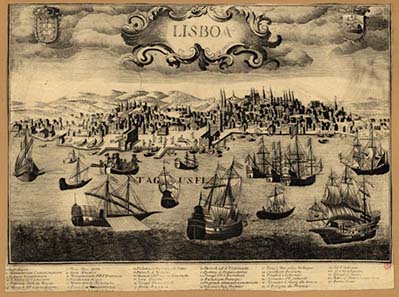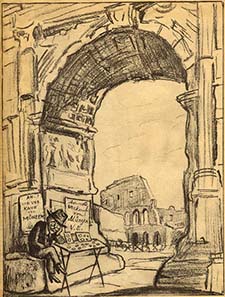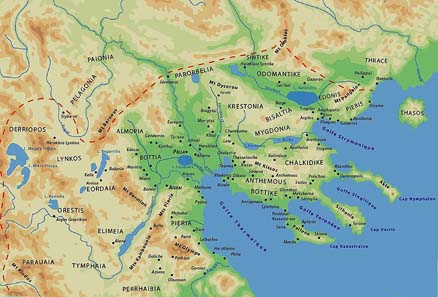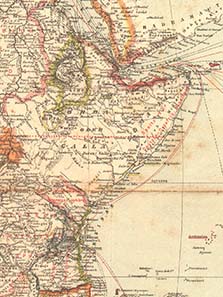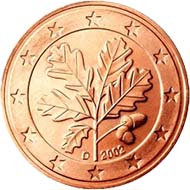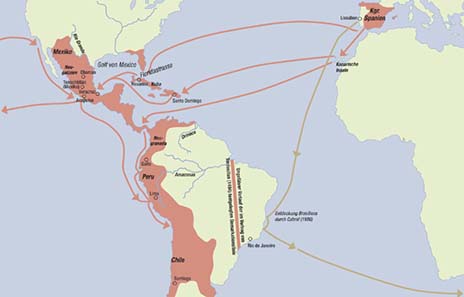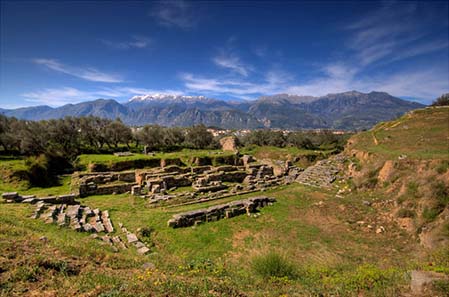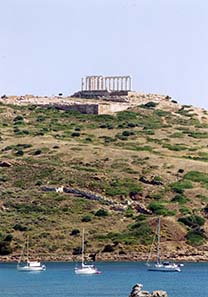The Nine Types of Coin Collectors
You will find them everywhere in their natural surroundings: at coin shows, auction sales, in coin shops, at the flea market… But, there is only very few information about the genus of coin collector. It seems to form a part of the biological family of collectors, which for its part belongs – without any doubt – to the human beings. This is the first attempt to describe the nine hitherto known species of coin collectors…







